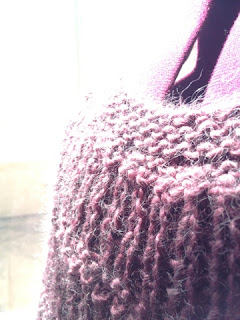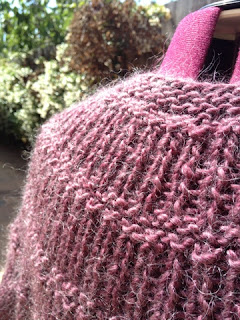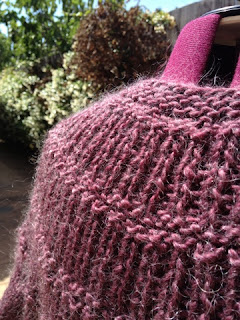This year, both conventions totaled about 20,000 people (give or take). And we had an absolute blast! We checked in at Clockwork Alchemy, which helped avoided all of the humungous lines at the Fanime portion of the convention. There were a ton of interesting panels from costuming & prop building to in-depth discussions about books, tvs, movies, and panels on how to make things better for everyone. There was also a ton of events, from swing dancing to masquerades, to music concerts.
And lets not forget the sheer number of costumed folks running around both conventions. The amount of cosplayers at Fanime is just staggering. And along with the cosplayers are a fair number of amateur photographers as well.
And lets not forget the sheer number of costumed folks running around both conventions. The amount of cosplayers at Fanime is just staggering. And along with the cosplayers are a fair number of amateur photographers as well.
It reminds me of the various photographers in Venice, Italy during Carnivale. This year, I decided to costume comfortably so I could bring my camera gear with me just so I could take photos.
There are folks who REALLY do an amazing job recreating their chosen fandoms. Some bear a remarkable resemblance to their chosen counterparts. This particular Loki has a very strong resemblance to Tom Hiddleston from the Avengers.
There was some old school cosplayers, too, like this "Hunter Rose" from the old Comico series, Grendel,(which if you haven't read, is just AWESOME!) I intend to coslay Christine Sparr one of these days.
And, of course, there's the amazing set of Star Wars bounty hunters walking around.
Some costumes are rather complex and require a lot of extra helping hands to get fitted.
But the end result is just amazing!
Some costumers were rather "simple", but very well executed.
There was a whole slew of anime/manga characters that I didn't recognize, but they looked awesome!
Some, like this Deadpool maid, were just running around having fun. She(?) had a whole crew of various Deadpool cosplayers in various other outfits.
And, lets not forget that many of the cosplayers had some pretty amazing props.
There are folks who REALLY do an amazing job recreating their chosen fandoms. Some bear a remarkable resemblance to their chosen counterparts. This particular Loki has a very strong resemblance to Tom Hiddleston from the Avengers.
And, of course, there's the amazing set of Star Wars bounty hunters walking around.
Some costumes are rather complex and require a lot of extra helping hands to get fitted.
Some costumers were rather "simple", but very well executed.
And other costumes that were understated, yet elegant.
There was a whole slew of anime/manga characters that I didn't recognize, but they looked awesome!
Some, like this Deadpool maid, were just running around having fun. She(?) had a whole crew of various Deadpool cosplayers in various other outfits.
And, lets not forget that many of the cosplayers had some pretty amazing props.
Of course, cosplayers don't just limit themselves to anime, manga/comic books, or video games. This Snake Plissken, from Escape from New York, is pretty darn good.
And not all of the characters are humanoid in appearance. There were a few fully furred cosplayers there as well. This one walked on all four legs (very convincingly too!)
Although, sometimes, I could get lucky, and get a few images isolated from the general crowd with lighting and DoF.
Or an isolated background. (If there was one available and nearby!)
It didn't matter who you were, what you looked like, or how you moved around, there were a ton of folks who just loved their fandom enough to want to cosplay it. And I think it was awesome.
We'll definitely be back at Fanime next year, just like the last.






































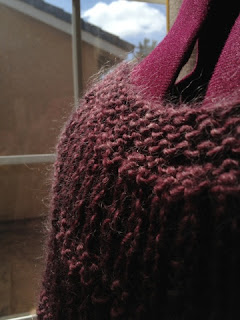 2)
2) 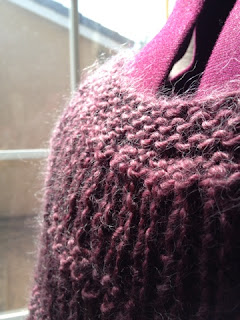 3)
3) 